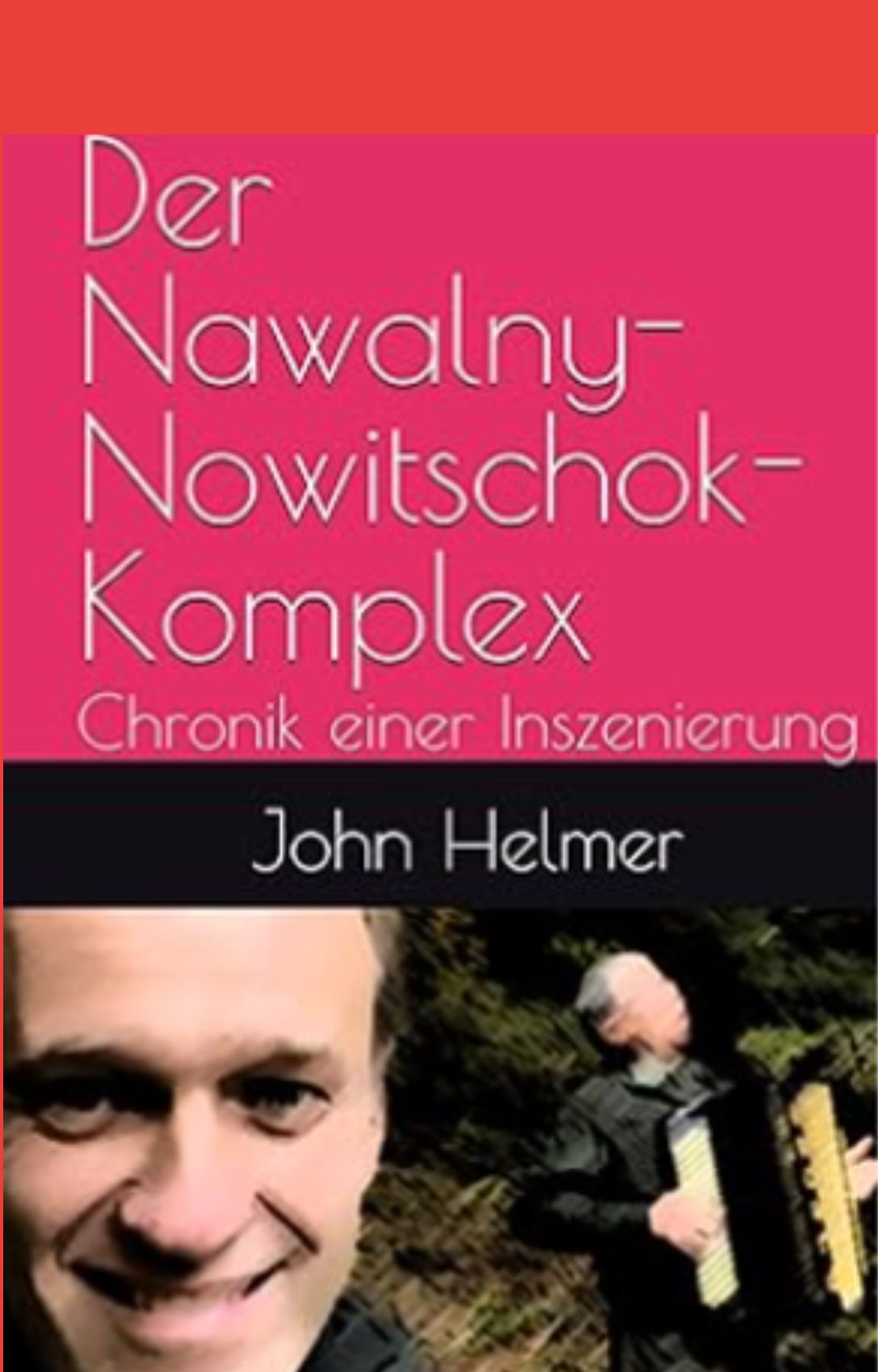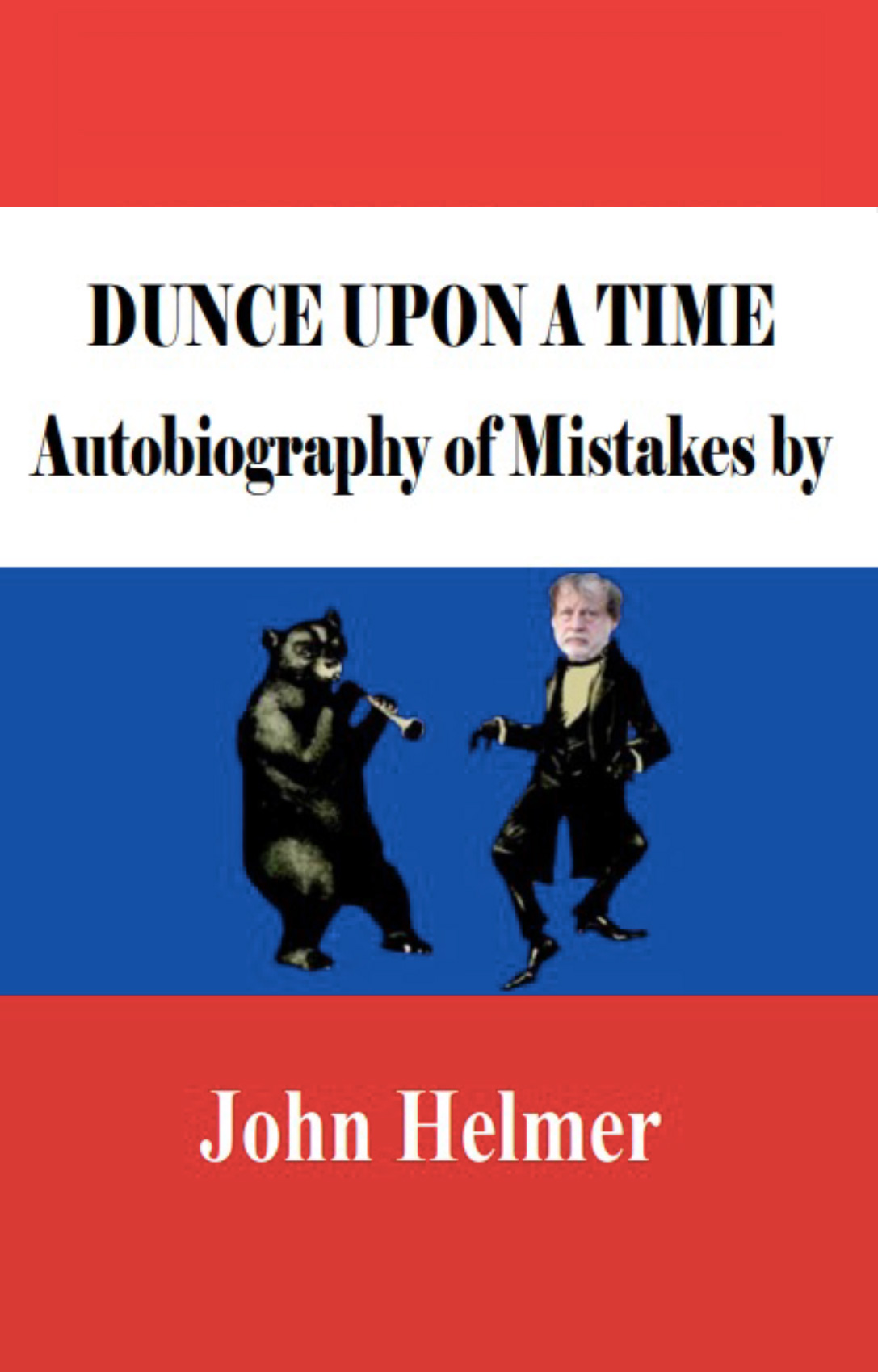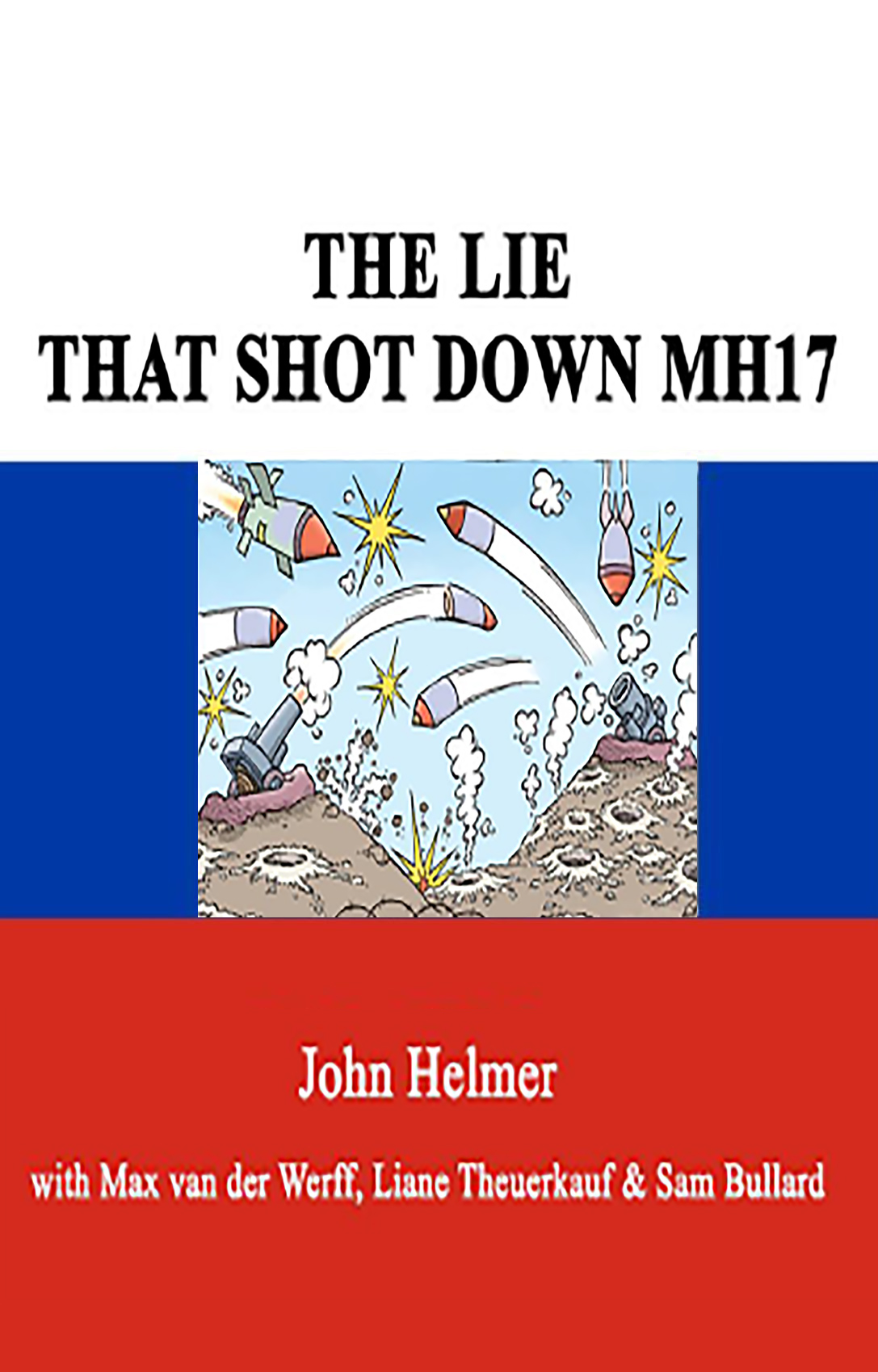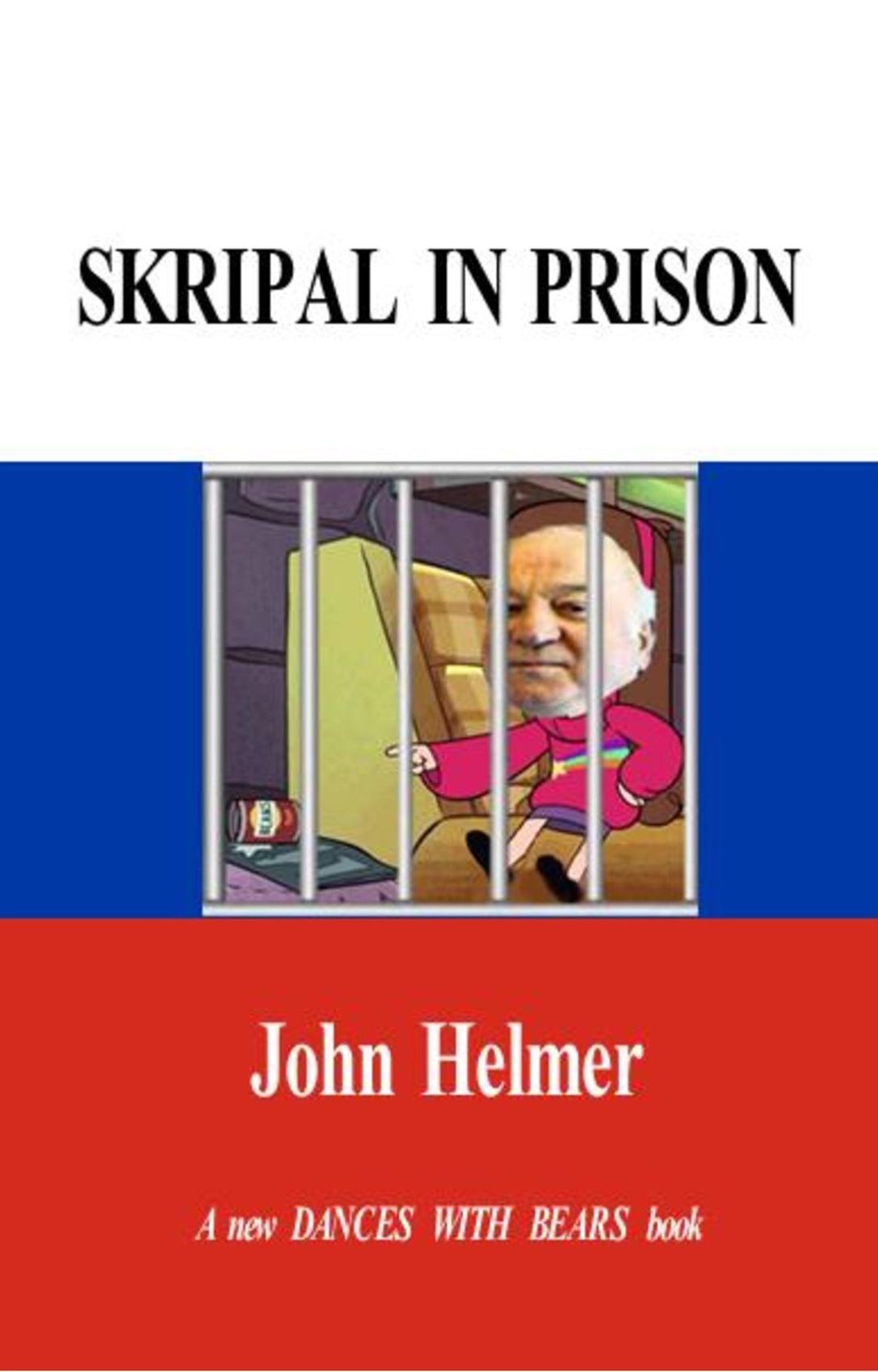
By John Helmer in Moscow
On February 24, at the headquarters of Russia’s state media, Prime Minister Vladimir Putin visited the offices of Russia Today, an English-language cable and satellite broadcaster. He was escorted by Svetlana Mironyuk, the head of the Russian News and Information Agency (RIA-Novosti), an administrative holding for state media; in the Russian administrative jargon, the holding is a “federal state unitary enterprise”, without shareholdings, fully funded from the state budget.
Her boss, Mikhail Seslavinsky, head of the Federal Agency for Press and Mass Communications (FARMS, aka Rospechat), wasn’t reported to be in attendance. But then Putin wasn’t visiting for long. Actually, fifteen minutes — according to Moscow News, a weekly tabloid in English, which is also funded and managed by the state from an office in the same complex, a stone’s throw from the Foreign Ministry.
Mironyuk has headed the state news agency since 2003; before that she worked for Vladimir Gusinsky’s Most media group, and survived his downfall. Her agency began before she was born, in 1941, as an information outlet for the Communist Party’s Central Committee, focusing on reporting from the war fronts. By the war’s end, it was running media outlets, including newspapers, magazines and radio stations, in more than 20 countries. The target audience had shifted from domestic to foreign.
In 1961, the two audiences were combined in a mission charter that aimed “to contribute to mutual understanding, trust and friendship among peoples in every possible way by broadly publishing accurate information about the USSR abroad and familiarizing the Soviet public with the life of the peoples of foreign countries.” During Mikhail Gorbachev’s perestroika, the charter was modified to democratize the media themselves. The Gorbachev mission statement of 1990 said the new agency was “to provide information support for the USSR’s state domestic and foreign policies and proceeding from the interests of the democratization of the mass media.” At the time, the agency was running an extraordinary number of bureaux in 120 countries.
Whether the media output was propaganda, or accurate news reporting, depended on which side of the Cold War and the Iron Curtain you were on. When the curtain came down on the Soviet Union, according to Mironyuk’s agency website, “the main criteria of RIA Novosti’s information services were the combination of promptness, objectiveness, authenticity and its own opinion regardless of the political situation.”
(more…)
by John Helmer - Tuesday, March 10th, 2009
No Comments »























